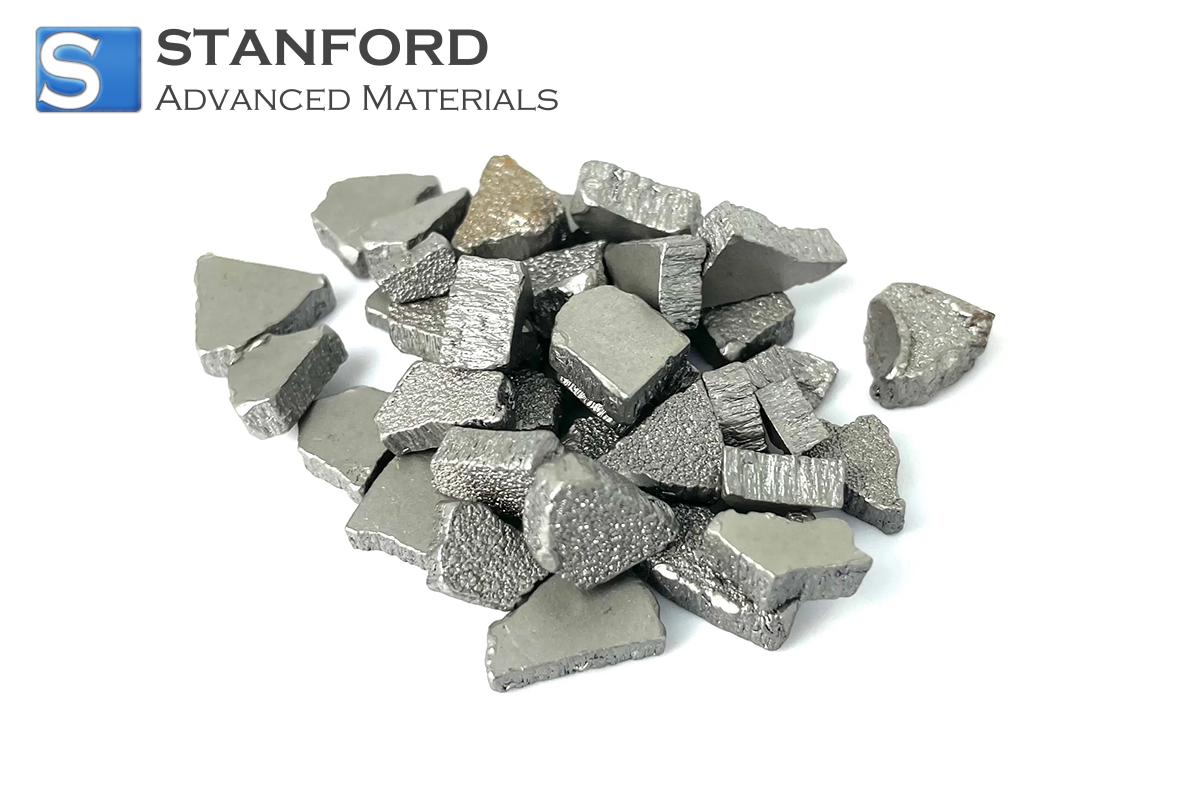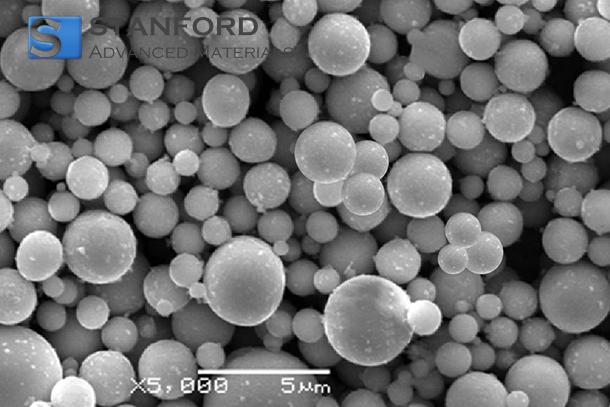Atomic Number: Definition And Examples
What is the Atomic Number?
The atomic number of an element is defined as the number of protons contained within the nucleus of every atom of that element. It serves as a unique identifier and determines the element’s position in the periodic table. For instance, hydrogen has an atomic number of 1, meaning each hydrogen atom contains one proton.
Atomic Number and Mass Number
Whilst the atomic number indicates the number of protons, the mass number is the sum of protons and neutrons present in an atom’s nucleus. The mass number provides details regarding the atomic mass and isotopic composition. For example, Carbon‐12 has a mass number of 12; it consists of six protons and six neutrons.
How to Locate the Atomic Number in the Periodic Table?
Each element in the periodic table is listed with its atomic number, typically displayed above the elemental symbol. Consequently, the table is arranged in ascending order, from left to right and top to bottom. This structure aids in predicting the chemical behaviour of elements given their position.
An example:
- Hydrogen (H) has an atomic number of 1, meaning it is the first element in the table.
- Oxygen (O) has an atomic number of 8 and is located in the 2nd period and group 16.
- Iron (Fe) has an atomic number of 26 and is situated in the 4th period and group 8.
Atomic Numbers of Elements 1–50
The elements are arranged in the periodic table in order of increasing atomic numbers. The table below lists the atomic numbers of elements 1 to 50:
|
Atomic Number |
Element |
Symbol |
|
1 |
Hydrogen |
H |
|
2 |
Helium |
He |
|
3 |
Li |
|
|
4 |
Be |
|
|
5 |
Boron |
B |
|
6 |
Carbon |
C |
|
7 |
Nitrogen |
N |
|
8 |
Oxygen |
O |
|
9 |
Fluorine |
F |
|
10 |
Neon |
Ne |
|
11 |
Sodium |
Na |
|
12 |
Calcium |
Ca |
|
13 |
Al |
|
|
14 |
Si |
|
|
15 |
Phosphorus |
P |
|
16 |
Sulphur |
S |
|
17 |
Chlorine |
Cl |
|
18 |
Argon |
Ar |
|
19 |
Potassium |
K |
|
20 |
Calcium |
Ca |
|
21 |
Scandium |
Sc |
|
22 |
Ti |
|
|
23 |
Vanadium |
V |
|
24 |
Chromium |
Cr |
|
25 |
Manganese |
Mn |
|
26 |
Iron |
Fe |
|
27 |
Cobalt |
Co |
|
28 |
Nickel |
Ni |
|
29 |
Copper |
Cu |
|
30 |
Zinc |
Zn |
|
31 |
Ga |
|
|
32 |
Germanium |
Ge |
|
33 |
Arsenic |
As |
|
34 |
Selenium |
Se |
|
35 |
Bromine |
Br |
|
36 |
Krypton |
Kr |
|
37 |
Rubidium |
Rb |
|
38 |
Strontium |
Sr |
|
39 |
Yttrium |
Y |
|
40 |
Zr |
|
|
41 |
Niobium |
Nb |
|
42 |
Molybdenum |
Mo |
|
43 |
Technetium |
Tc |
|
44 |
Ruthenium |
Ru |
|
45 |
Rhodium |
Rh |
|
46 |
Palladium |
Pd |
|
47 |
Silver |
Ag |
|
48 |
Cadmium |
Cd |
|
49 |
Indium |
In |
|
50 |
Tin |
Sn |
Frequently Asked Questions
What is the difference between the atomic number and the mass number?
The atomic number specifies the number of protons in an atom’s nucleus and defines the element. In contrast, the mass number is the total count of protons and neutrons, thereby indicating the atom’s mass.
Can the atomic number of an element change?
No, the atomic number of an element remains constant. Although atoms may gain or lose electrons and become ions, the number of protons does not alter.
How does the atomic number affect an element's position in the periodic table?
The elements are arranged in order of increasing atomic number. This ordering groups elements with like chemical properties together.
Are isotopes linked to the atomic number?
Isotopes are variants of an element that share the same atomic number yet differ in mass number due to a different count of neutrons.
Why is the atomic number important in chemistry?
The atomic number is essential for understanding an element’s chemical behaviour, its electron configuration and its interactions with other elements during chemical reactions.

 Bars
Bars
 Beads & Spheres
Beads & Spheres
 Bolts & Nuts
Bolts & Nuts
 Crucibles
Crucibles
 Discs
Discs
 Fibers & Fabrics
Fibers & Fabrics
 Films
Films
 Flake
Flake
 Foams
Foams
 Foil
Foil
 Granules
Granules
 Honeycombs
Honeycombs
 Ink
Ink
 Laminate
Laminate
 Lumps
Lumps
 Meshes
Meshes
 Metallised Film
Metallised Film
 Plate
Plate
 Powders
Powders
 Rod
Rod
 Sheets
Sheets
 Single Crystals
Single Crystals
 Sputtering Target
Sputtering Target
 Tubes
Tubes
 Washer
Washer
 Wires
Wires
 Converters & Calculators
Converters & Calculators
 Write for Us
Write for Us





 Chin Trento
Chin Trento



